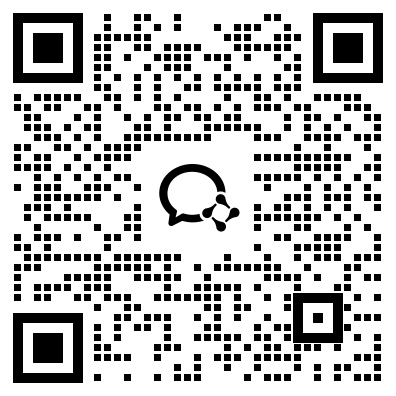A Comprehensive Analysis
Linux is undoubtedly one of the most reliable and efficient operating systems used in the tech industry today. And with the emergence of web technology, the need for a user-friendly web UI (user interface) has become crucial for the efficient management of servers. In this article, we will discuss the importance of a Linux Web UI, its advantages and disadvantages, and the popular tools that have emerged to streamline the management of Linux servers.
Why is a Linux Web UI important?
The command-line interface (CLI) has been the norm for Linux system administration since its inception. Although it provides powerful control over the system, a barrier is created for users who are not familiar with the CLI. As a result, a web UI has become increasingly necessary for Linux system administrators to complement the CLI. A web UI offers a visual and user-friendly interface, which helps users to perform tasks effortlessly without memorizing complex command-line instructions.
Advantages of a Linux Web UI
1. Simplified Management: A web UI provides a simplified interface that allows users to manage multiple Linux servers, services, and applications at one central location. This makes administration tasks more manageable and less time-consuming.
2. Ease of Use: For novice Linux users, a web UI provides a straightforward and familiar visual interface, greatly reducing the learning curve and increasing adoption.
3. Improved Security: A web UI can provide enhanced security features such as encrypted communication and user authentication.
Disadvantages of a Linux Web UI
1. Dependency: A web UI implementation often requires additional software dependencies, which could make the system more complex and increase the risk of vulnerabilities.
2. Performance: A web UI can consume system resources, slowing down the server's overall performance.
3. Limited Capabilities: A web UI may not offer the same level of control as the CLI, making it challenging for advanced users who require specialized configurations.
Popular Tools for Linux Web UI Management
1. Webmin: Webmin is a popular open-source web-based interface for system administration for Linux-based operating systems. This tool provides an intuitive interface for administering user accounts, file systems, and other server resources.
2. cPanel: cPanel is a paid-for web-based graphical control panel used by hosting providers to simplify the management of web hosting accounts. With its intuitive interface, cPanel allows users to manage domains, databases, and email accounts with ease.
3. Ajenti: Ajenti is another popular open-source web-based interface for system administration. It provides a comprehensive interface with plugins for managing many system resources, including firewall settings, package installation, and network management.
Conclusion
In conclusion, a Linux Web UI provides a simplified and user-friendly interface to manage Linux servers, services, and applications. Although there are some disadvantages, such as system resource consumption and dependency, the advantages offered, including simplified management, ease of use, and improved security, make a Linux web UI an essential tool for Linux administrators.
Keywords: Linux, Web UI, Management
微信扫一扫,领取最新备考资料
